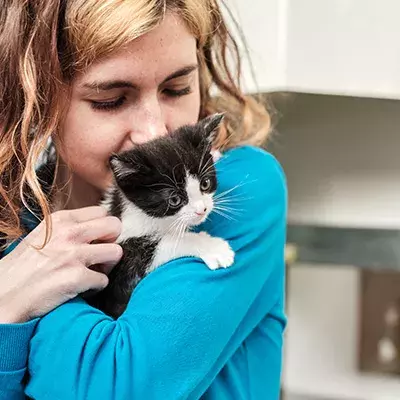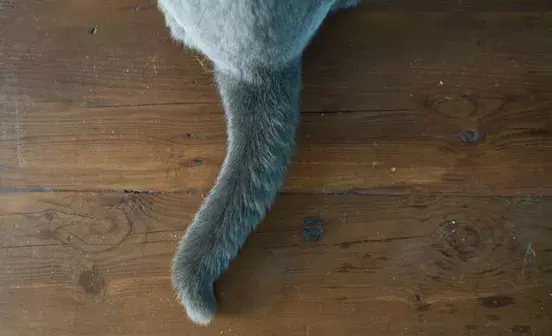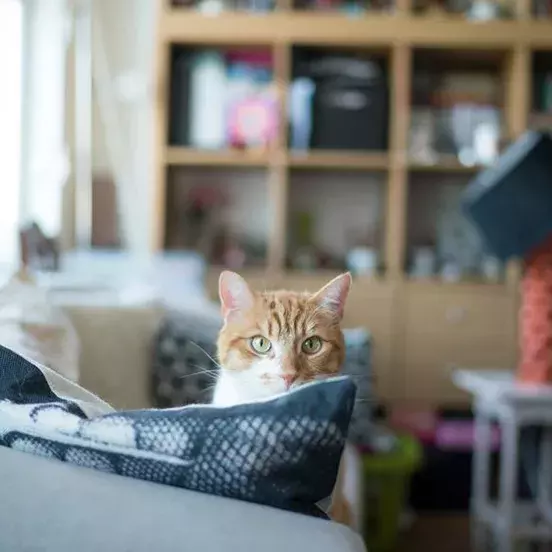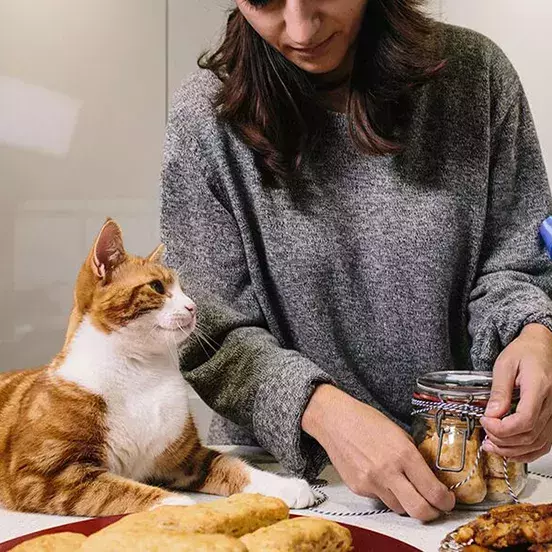Cystitis in cats, also known as FIC (Feline Idiopathic Cystitis) affects a cat’s bladder and urinary tract and is usually triggered by stress.
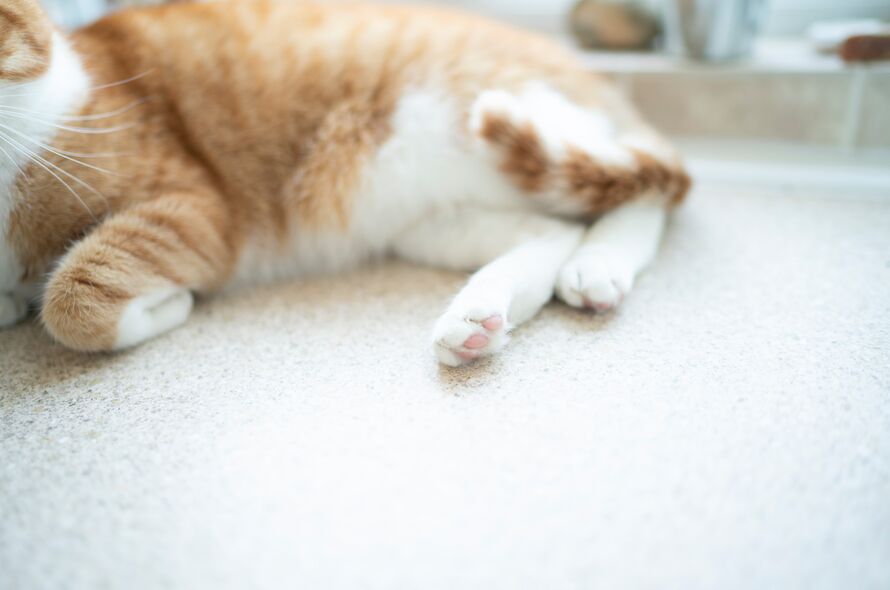
Cystitis is a common issue in cats, and it is very uncomfortable, but there are things you can do to help your cat. Cats are very good at hiding when they’re in pain so it’s important to keep a close eye out for symptoms of Cystitis.
Cystitis in cats can’t be cured, so it might come back from time to time, normally when your cat is stressed, or it could be chronic and more persistent. Cystitis can instead be managed with changes to your cat’s diet and by working to eliminate things your cat finds stressful from their home environment. Cystitis is different to things like blockages or infections in the bladder but can have very similar symptoms and can develop into these conditions. Take a look at our advice on FLUTD (Feline Lower Urinary Tract Disease) for more information about these other issues.
Symptoms of Cystitis in Cats
- Straining to pass urine – sometimes crying out in pain.
- Urinating, or attempting to urinate, more frequently than normal.
- Urinating in unusual places, outside the litter tray (house soiling) – possibly due to pain.
- Over grooming around the genitals and lower abdomen – often causing hair loss.
- Changes in behaviour or behaviour that is out of character, for example, hiding more, or aggressive behaviour when being handled.
- Blood present in the urine – this can be seen as clots or just pink urine.
- Inability to pass urine – usually seen in male cats.
This represents a medical emergency as it is extremely painful and very quickly leads to life threatening complications.
If you suspect your cat has Cystitis you should contact your vet straight away for advice as they will know your cat and be able to advise on the available treatment options.
Cat cystitis treatment
Treating Cystitis in cats usually involves a combination of changes both to the cat’s diet and to their home environment in order to reduce stress.
Your vet may also prescribe painkillers and/or anti-inflammatory medications for short periods of time.
The most effective way to treat and manage Cystitis in cats is usually environmental changes (to reduce stress) combined with dietary changes (to increase fluid intake), but for those cats where these steps haven’t worked, your vet may recommend a supplement or, in some cases, an antidepressant drug, such as amitriptyline.
1. REDUCE STRESS AT HOME
Firstly, ensure all your cat’s basic needs are being met. There are certain things that all cats need to be happy and healthy and providing this kind of environment will help you to reduce any stress your cat may be experiencing.
- Somewhere safe to hide to take time out from people and other cats.
This could be under a bed or inside a wardrobe for example. - Different options of litter trays, places to eat and drink, high perches, scratching posts, beds and toys.
These need to be distributed around the home, not all positioned in the same area. Your cat will need at least one of everything, ideally two litter trays. If you have more than one cat, then a suggested number would be one per cat plus one extra (e.g. a 2-cat household needs 3 of everything). This reduces the need to compete. - The opportunity to play and behave like a predator.
Chasing small moving things is fun for your cat, as well as being good exercise and important for your cat’s overall health and wellbeing so they should have the opportunity to play every day. - Consistent behaviour from people.
You and your family need to behave in a predictable way so that your cat feels safe around you. If you suddenly become angry with your cat this will stress them out. - The smell of familiar surroundings.
Cats have a very sensitive sense of smell and they can be easily distressed by strong, unfamiliar odours in the home. We can even bring challenging smells into the home on our shoes. If your cat is becoming sensitive to change in the home or strange smells, then it may be helpful to remove any new plug-in air fresheners or scented candles and take your shoes off before you come indoors so that your cat is surrounded by familiar and predictable smells.
2. IDENTIFY STRESS TRIGGERS
In order to help treat your cat’s Cystitis, it is important to identify what is causing your cat’s stress. This can be difficult as there are lots of potential triggers. Some common things that can cause stress in your cat include other cats, new people or babies, and changes around the house. You can find more about this in our general guide to reducing stress in cats.
One of the most common causes of stress for cats is conflict with another cat within the household. This may be difficult for you to identify as it can be quite subtle and may not involve actual fighting. If you’re worried that this might be happening in your house, you should get in touch with your vet who may refer you to a behaviourist for more help.
Another thing you can do is to make sure your indoor litter trays are as comfortable as possible for your cat so that they can go to the toilet as much as they need to. If you have litter trays already then it may be that you need to change them. When introducing litter trays you should add the new one(s) and keep the old one(s) in place for a short time so that your cat can clearly decide which they prefer. For more help with this take a look at our advice on cat litter trays.
Many cats will go to the toilet outdoors and never use an indoor tray but unfortunately, if your cat is being intimidated by another cat outside, or feels generally unsafe, they will come indoors and look for somewhere to go the toilet. This could be a significant stress ‘trigger’ for your cat so it’s important to provide comfortable indoor litter trays.
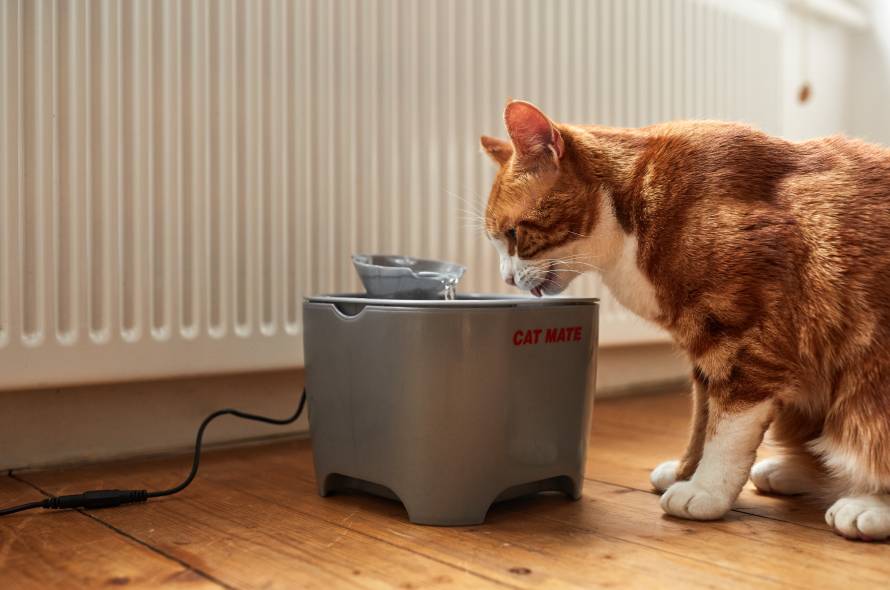
3. INCREASE YOUR CAT'S FLUID INTAKE
If your cat takes in more fluids this will mean that their bladder is less irritated and will reduce the risk of Cystitis coming back. There are various ways to do this but by far the most effective, if your cat is currently on a dry diet, is to change over to a wet food. Any dietary change should always be done gradually as this can be a significant stress trigger for your cat.
Changing from dry food to wet food represents a major change for your cat, so add the smallest amount of the wet to the dry pellets/biscuits at each meal while reducing the dry at the same time. Once your cat is happy with a mix, increase the amount of new food slightly. Keep doing this for as long as it takes to transfer entirely to wet food. A complete change from dry to wet food may take up to two weeks or more.
Your cat may be reluctant to eat even the smallest amount of the new food to start with, but perseverance should pay off and the benefit to their bladder health will outweigh any initial resistance.
If your cat really won’t take to the new food, your vet may recommend a dry diet with added ingredients specifically designed to manage Cystitis. You should also make sure your cat has access to plenty of fresh water as well as other liquids that are safe for your cat.
- Make sure water is provided away from the feeding area, as cats would not naturally eat and drink in the same place.
- Provide a selection of water containers throughout your home to give your cat choice.
- The type of bowl may influence your cat’s drinking habits. Plastic may taint the flavour of the water so stainless steel, ceramic or glass tend to be better.
- Cats like to drink without lowering their head into a bowl so make sure to fill any bowls to the top.
- Place bowls away from the wall so that your cat can choose to face any direction when they drink.
- Large diameter bowls are often preferred so that cats’ whiskers do not touch the sides.
- Safely-flavoured water may attract your cat. Try adding a spoonful of the natural juices from roast chicken to the water, diluting lactose-free cat milk or using the water from tinned tuna stored in spring water.
- You can add additional water to wet or dry food if your cat will tolerate it and still eat.
- Running water can attract cats to drink so experiment with a pet drinking fountain.
